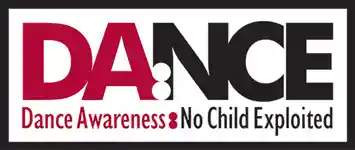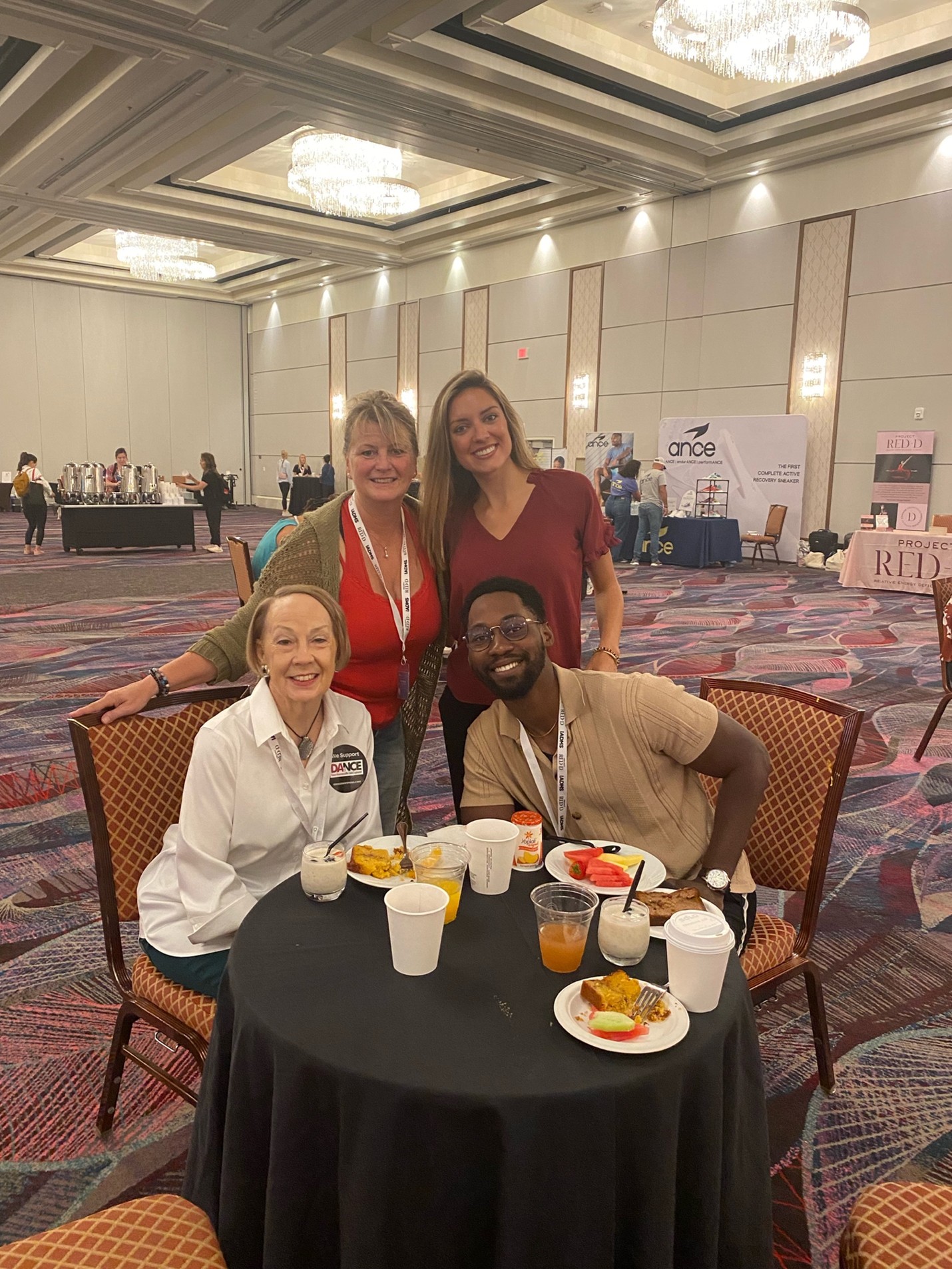We already know that dance is a universal, non-verbal language. Within this language, I believe that there are two categories of movement that communicate biblical truth.
The first category of movement is literal movement. Literal movement copies what a word says. For instance, if someone said, “She is knocking at my door,” and this was represented in literal movement, you would actually see a dancer using his or her hand to knock on a real door (or a pretend door). The word door and the action would match exactly.
In Christian dance, I often see the word cross danced with literal movement. It is a wonderful symbol of faith that can be used with strong literal representation. However, be cautious. If an entire dance relies on literal movement, it ceases to be dance. If it is over-used, it produces boring and often predictable movement.
Note other characteristics of literal movement:
1. It is easily identified by the audience and easily understandable.
2. It must be used sparingly, or dance turns into pantomime.
3. It is particularly good for congregational motion prayers and serves as a safety net when participants first enter into dance ministry.
4. With infrequent use, it projects symbolism and imagery in personal and powerful ways.
The second category of movement is non-literal movement. Non-literal movement speaks on its own. A congregation will “get” what you are saying in movement just as they do when they learn another language, as long as you communicate with clear conceptual translation.
How do you do that? If you repeat phrases and verses at the same time that you repeat song text, the congregation will connect the words of the song to the movements they see.
Miraculously, they will begin to learn the language of dance. It will talk visually.
On the other hand, because it is a language, it must have meaning. That is your job.
As choreographer, you should also feel free to set up a dance with interesting set, prop, or costuming components that facilitate the message of the song. Release yourself to do anything that works. Use lighting, spoken verse prior to the song, media, set, or instrumental music. Use drama as part of a dance presentation as well; just make sure that these choices enhance the communication of your identified target. When movement ministry speaks, prayer-in-motion penetrates the soul blending a variety of access routes.
At its best, you should know that this non-literal language should develop from an organic base; the designed movement should be created by you from the inside out, and it should be danced from the inside out by participants. In that way it will communicate a biblical concept clearly, and it will personalize the movement with holistic worship. That is the goal of non-literal movement used in dance ministry.
1. It is a new language with endless vocabulary choices.
2. It places biblical concepts into movement clarity.
3. It is a by-product of the technical level of any movement level, and it can be accessed through genesis movement or technical phrases as the choreography base for dance ministry.
4. It speaks authentically when organic movement choices expose faith (in technical or genesis forms) through choreography and personal worship rather than contrived, external choices.
To sum up:
1. Literal movement is used to teach congregational motion prayers and serve as a safety net for process-based beginning motion prayer participants.
2. Non-literal movement vocabulary is used with choreography tools to widen movement vocabulary and to enhance biblical concepts.
In my opinion, you should find yourself moving away from literal movement choices as you choreograph prayer-in-motion. Therefore, non-literal movement should be the main source of your choreography library.
Don’t hesitate to observe dance and look for examples of literal and non-literal movement. Feel free to ask other choreographers to share their insights into movement creation, and don’t discount reading books or taking classes to grow your understanding of choreography choices.
Feel free to email me and share what you have learned!


